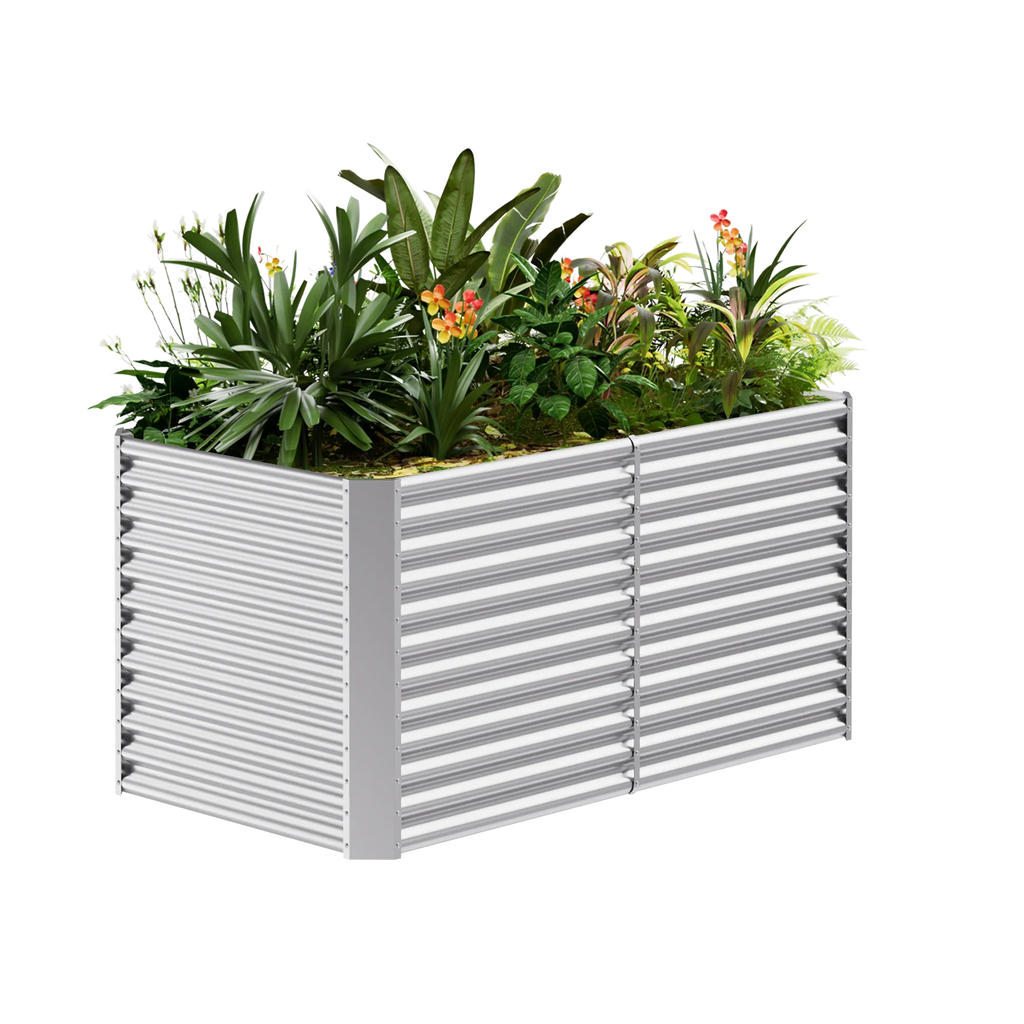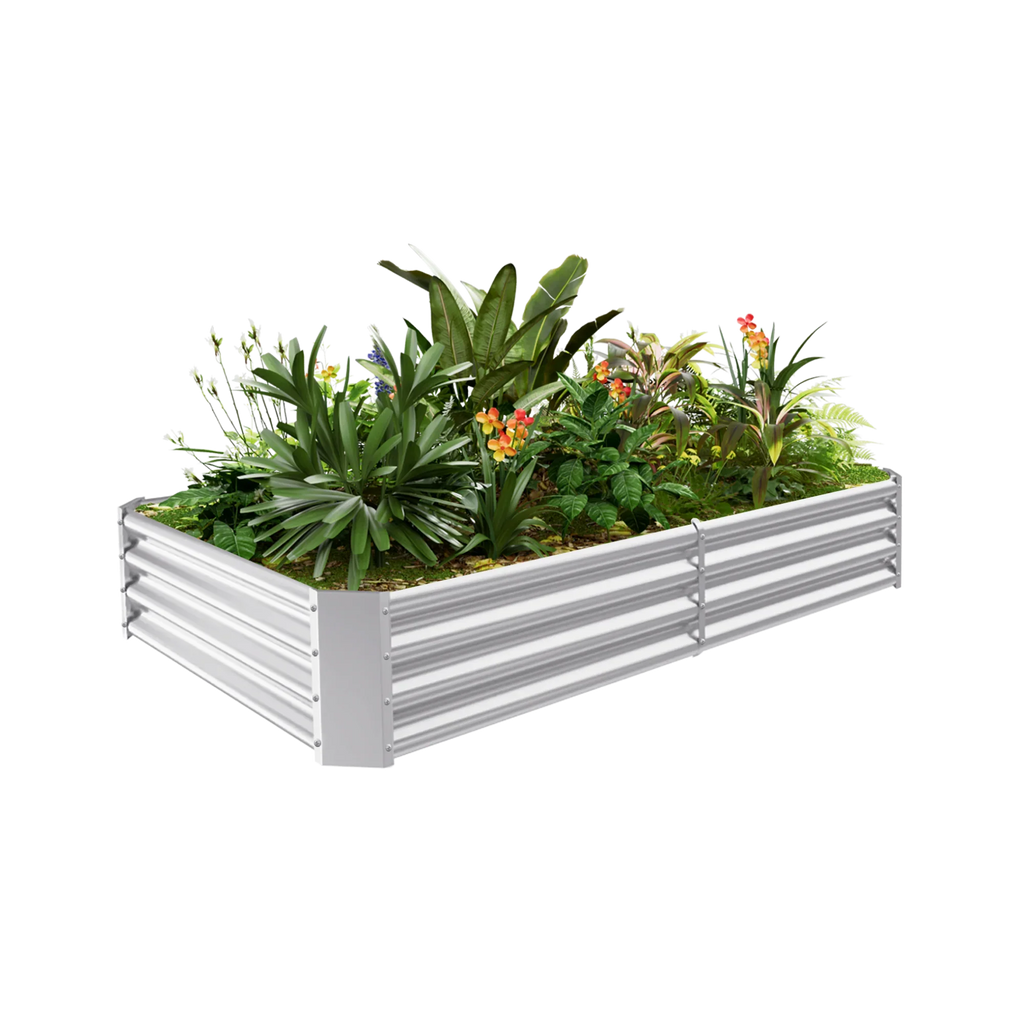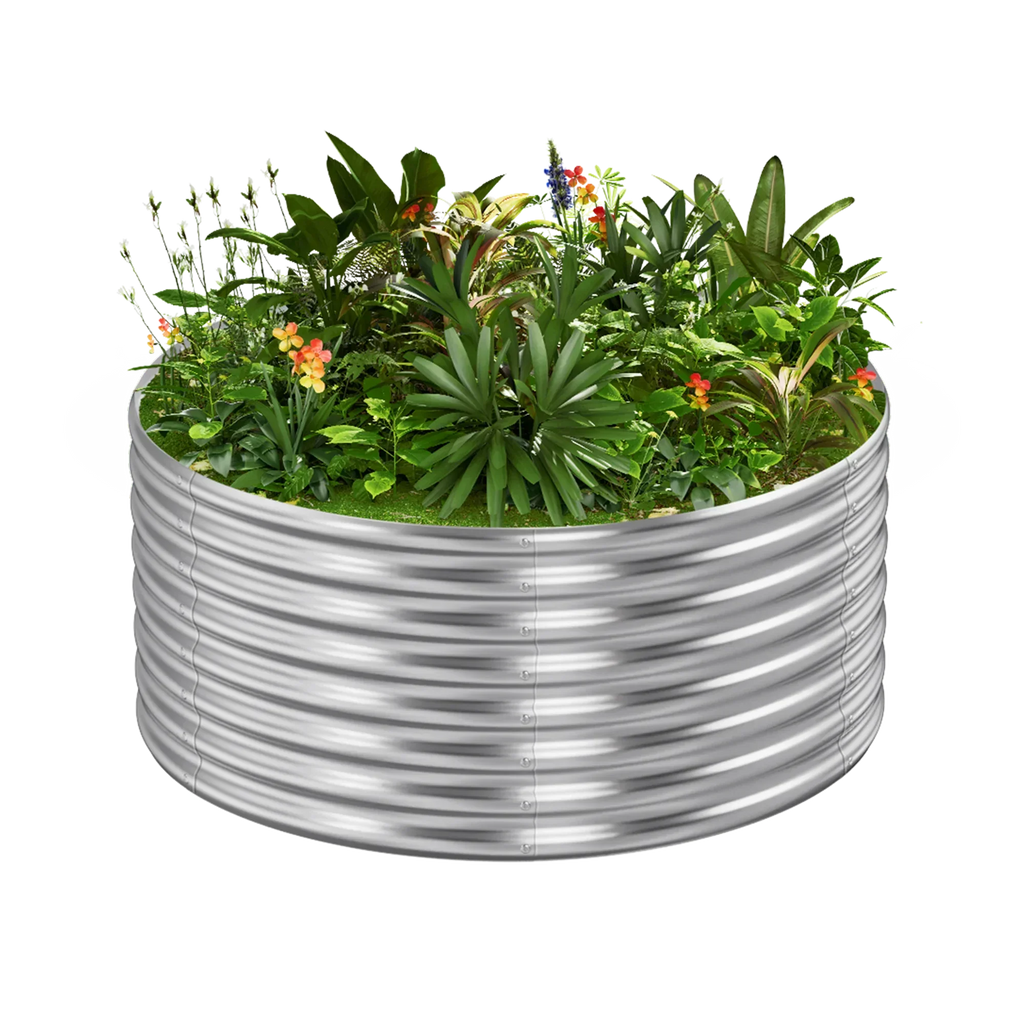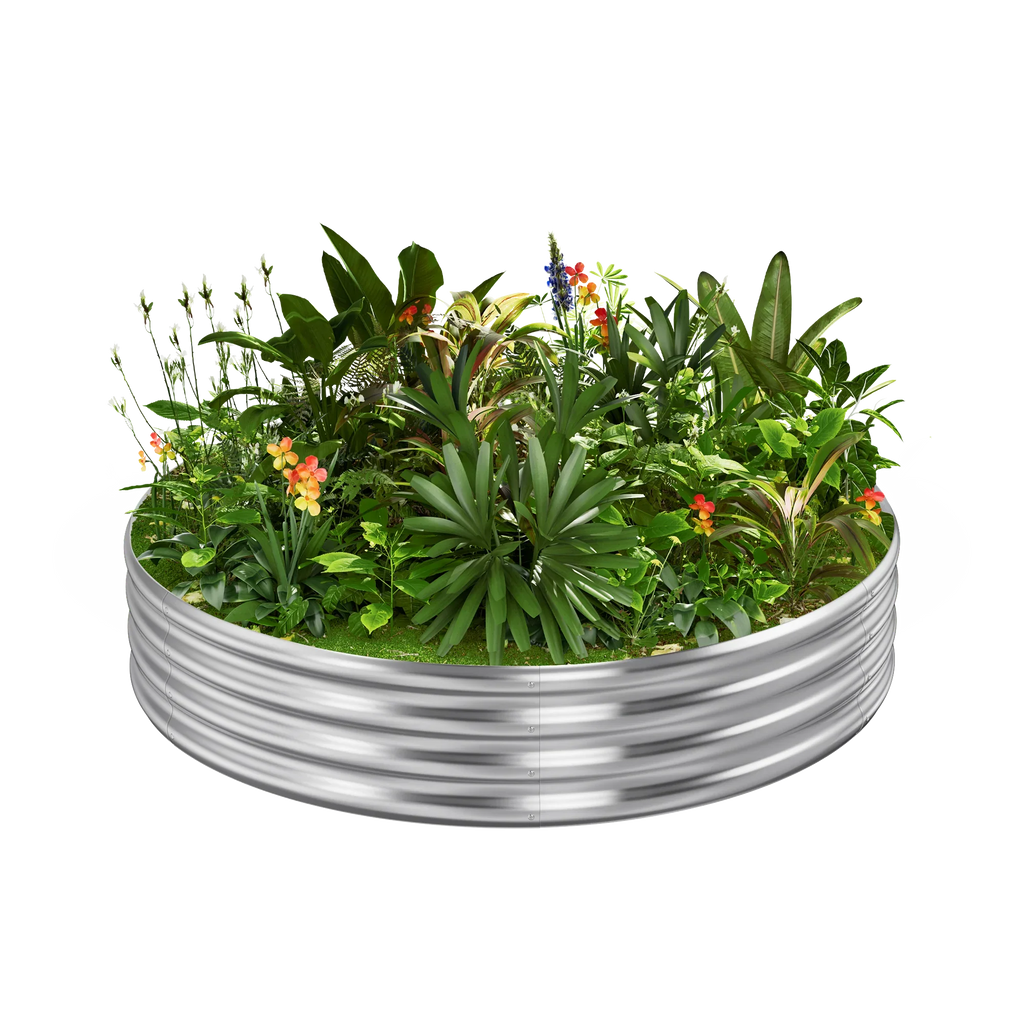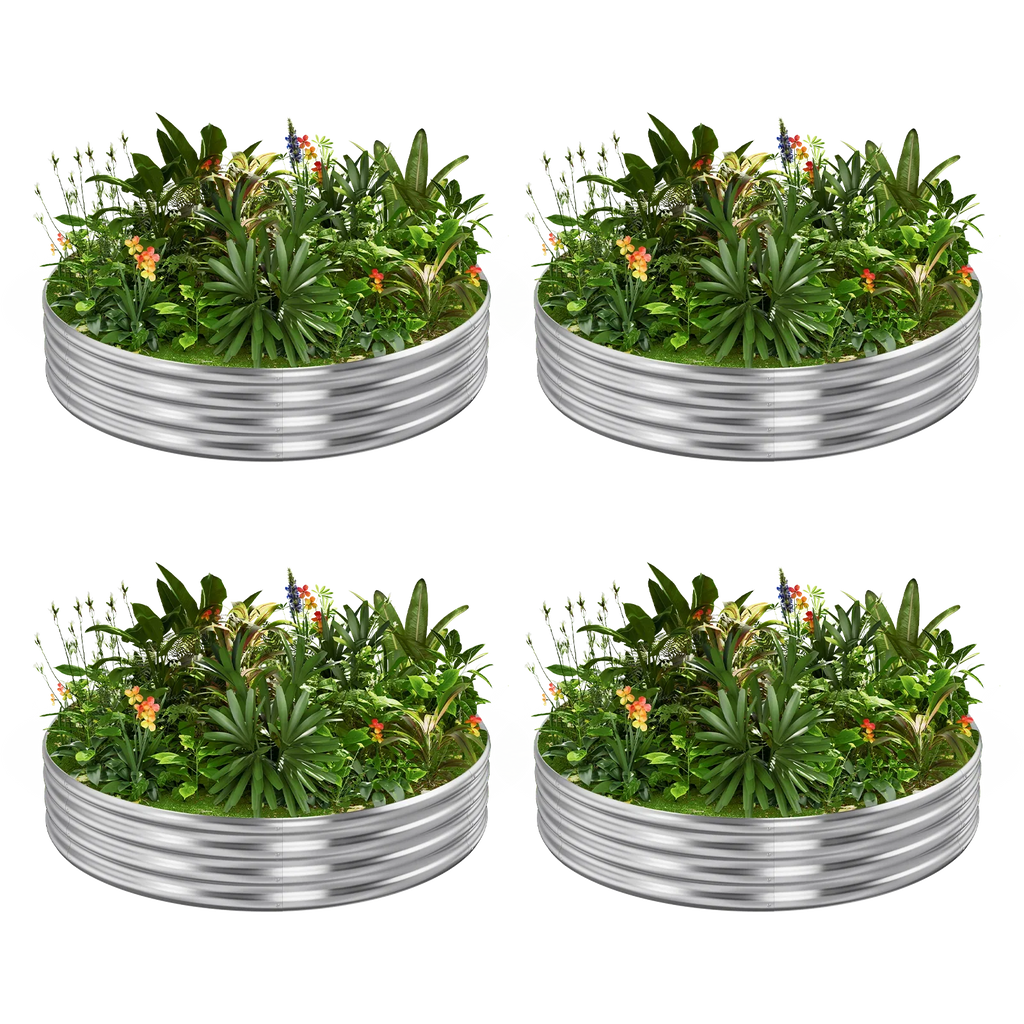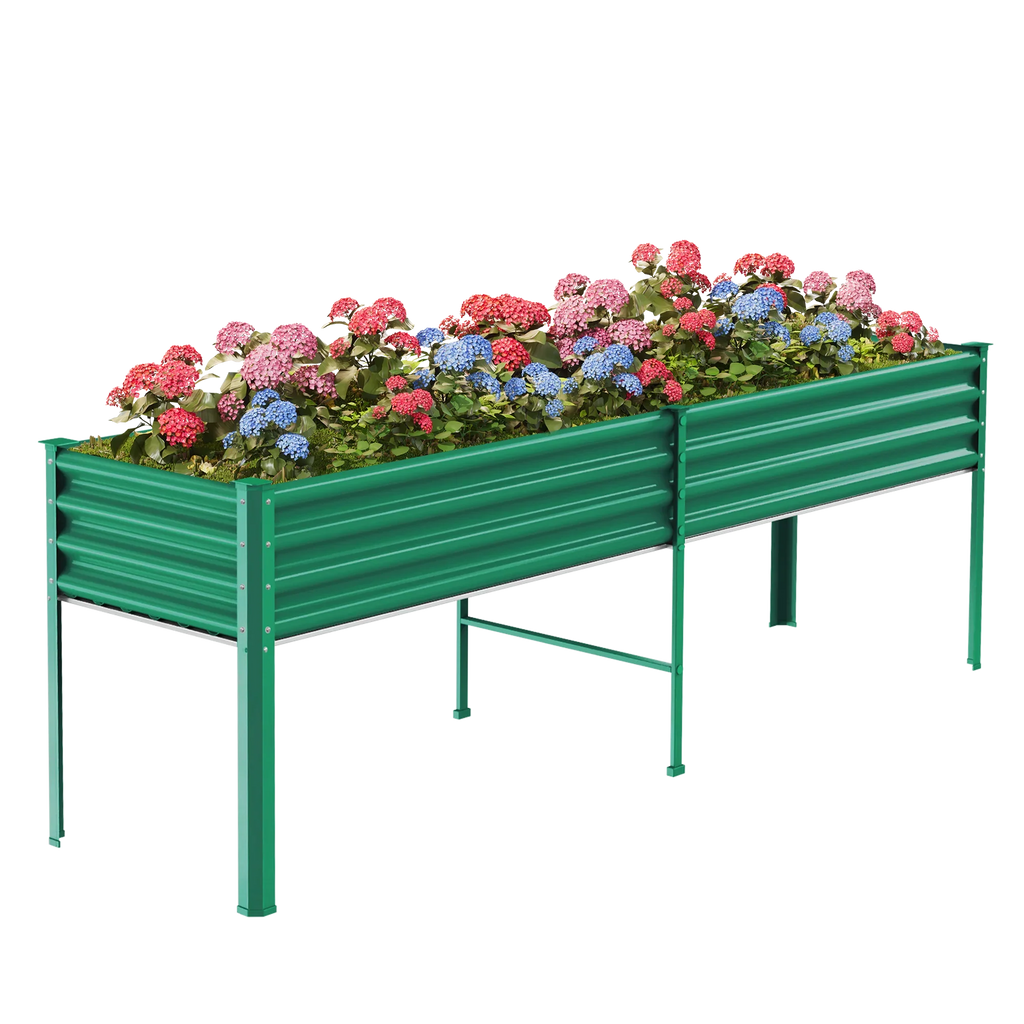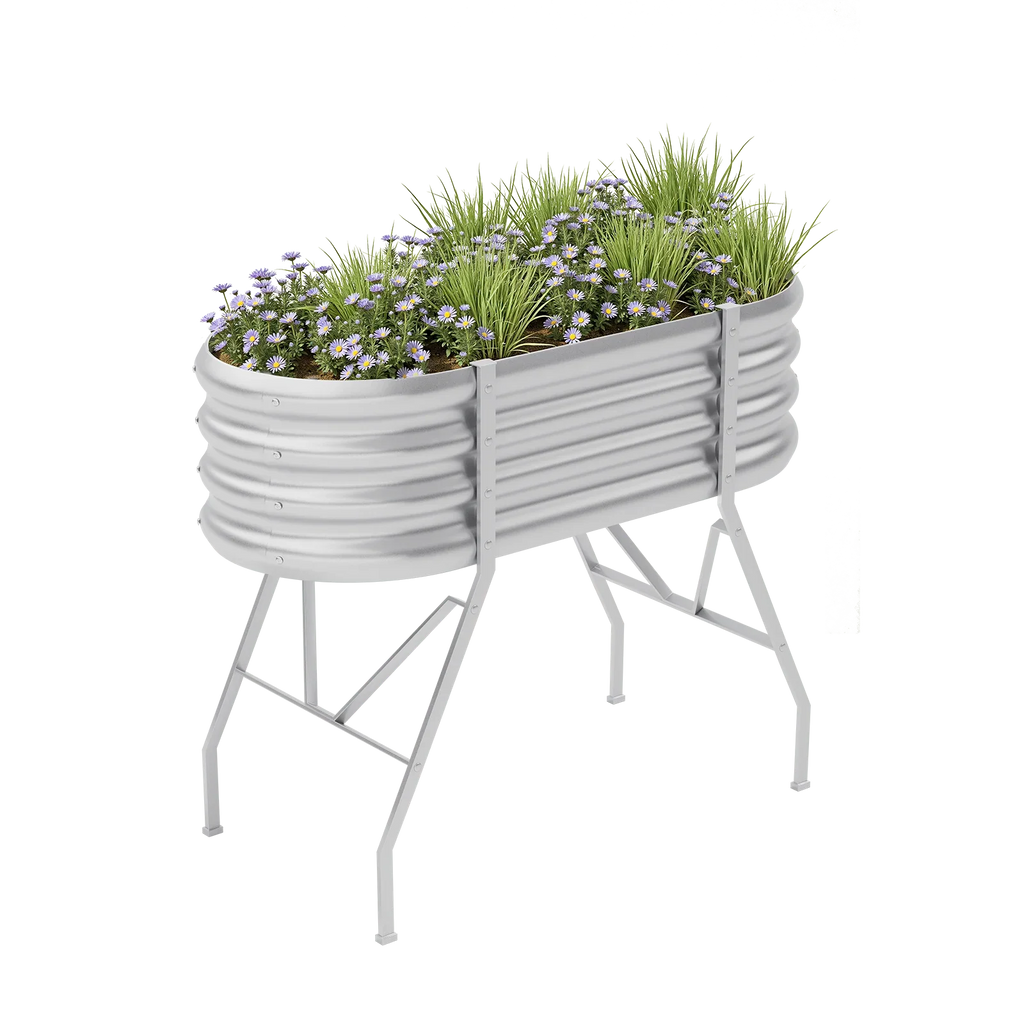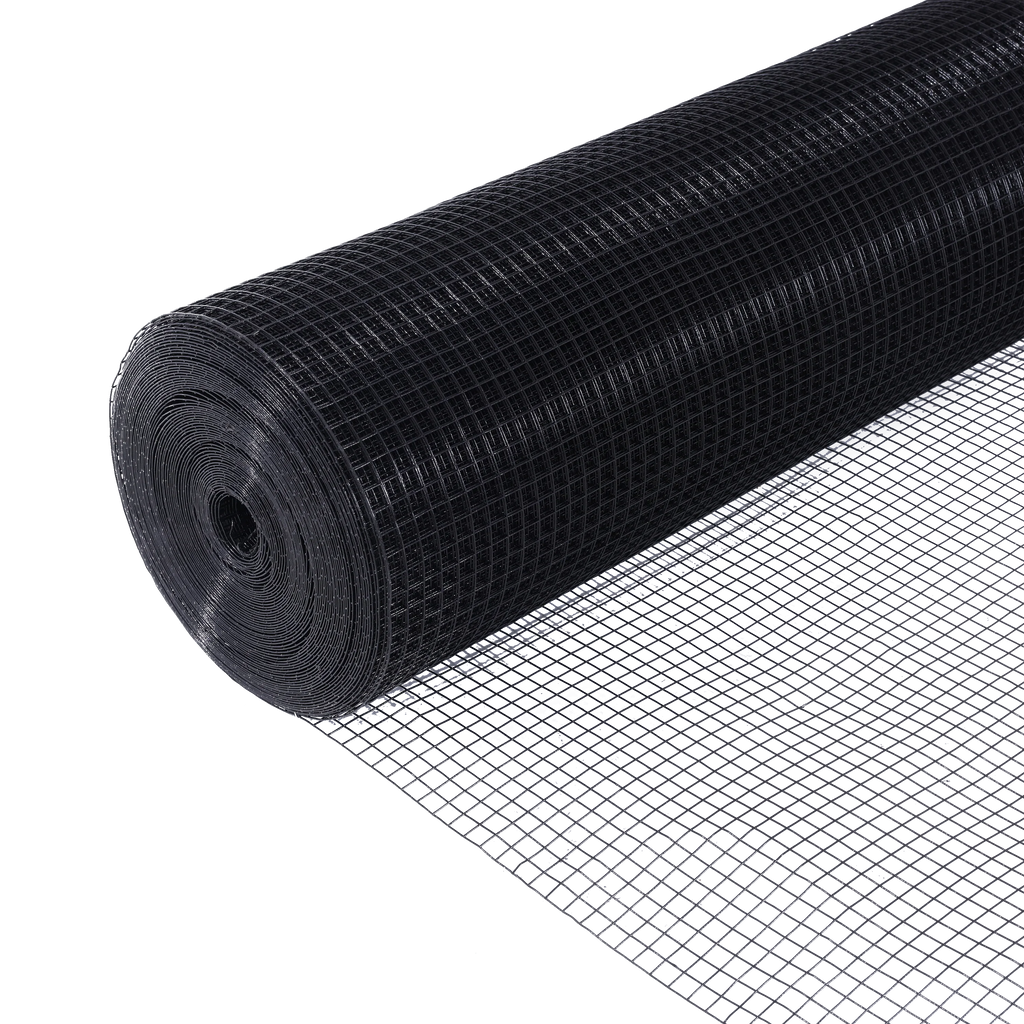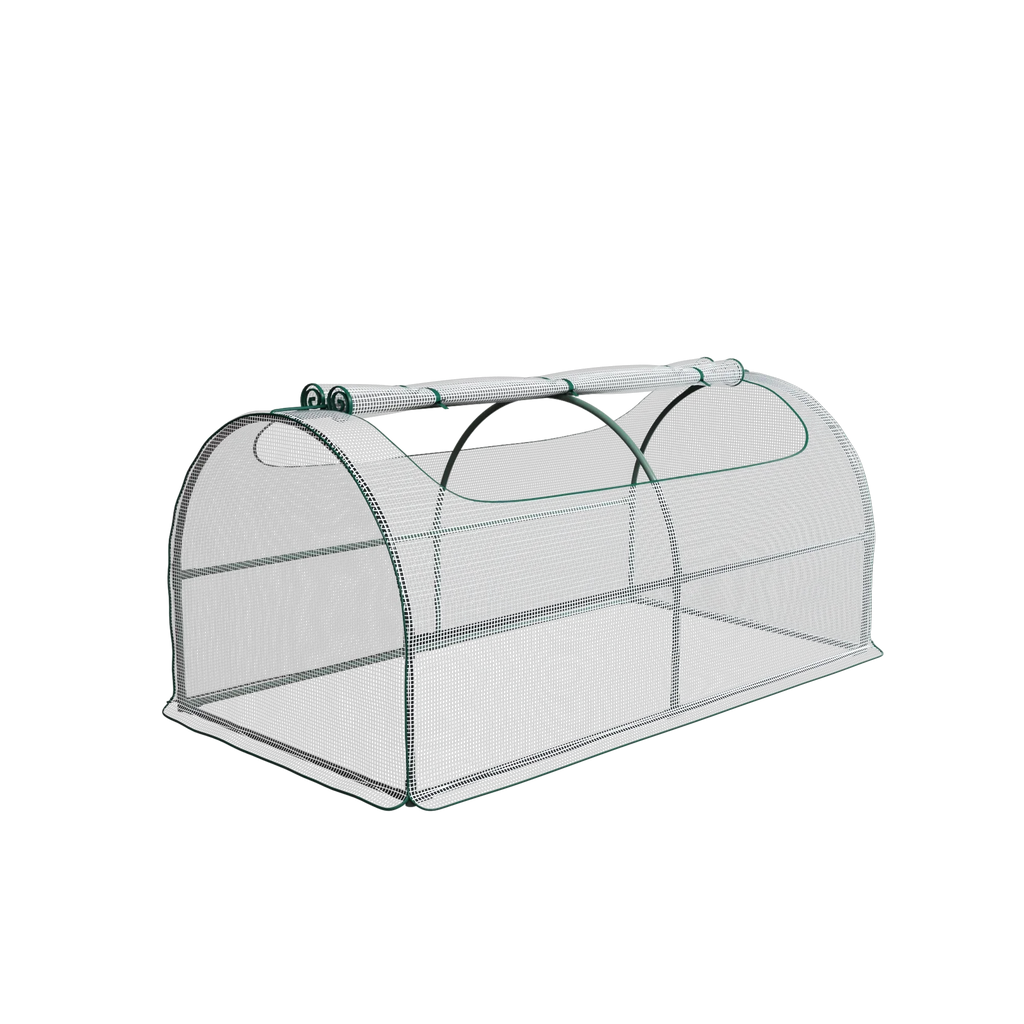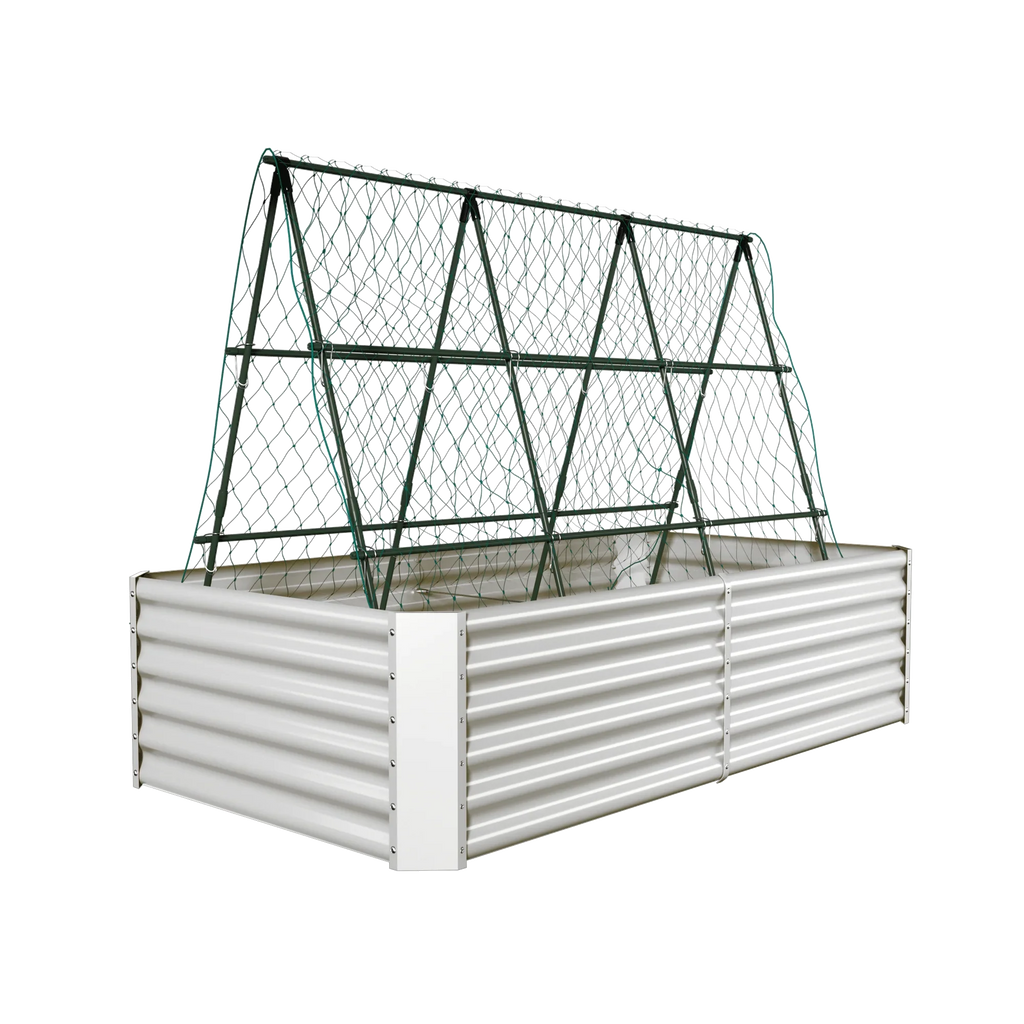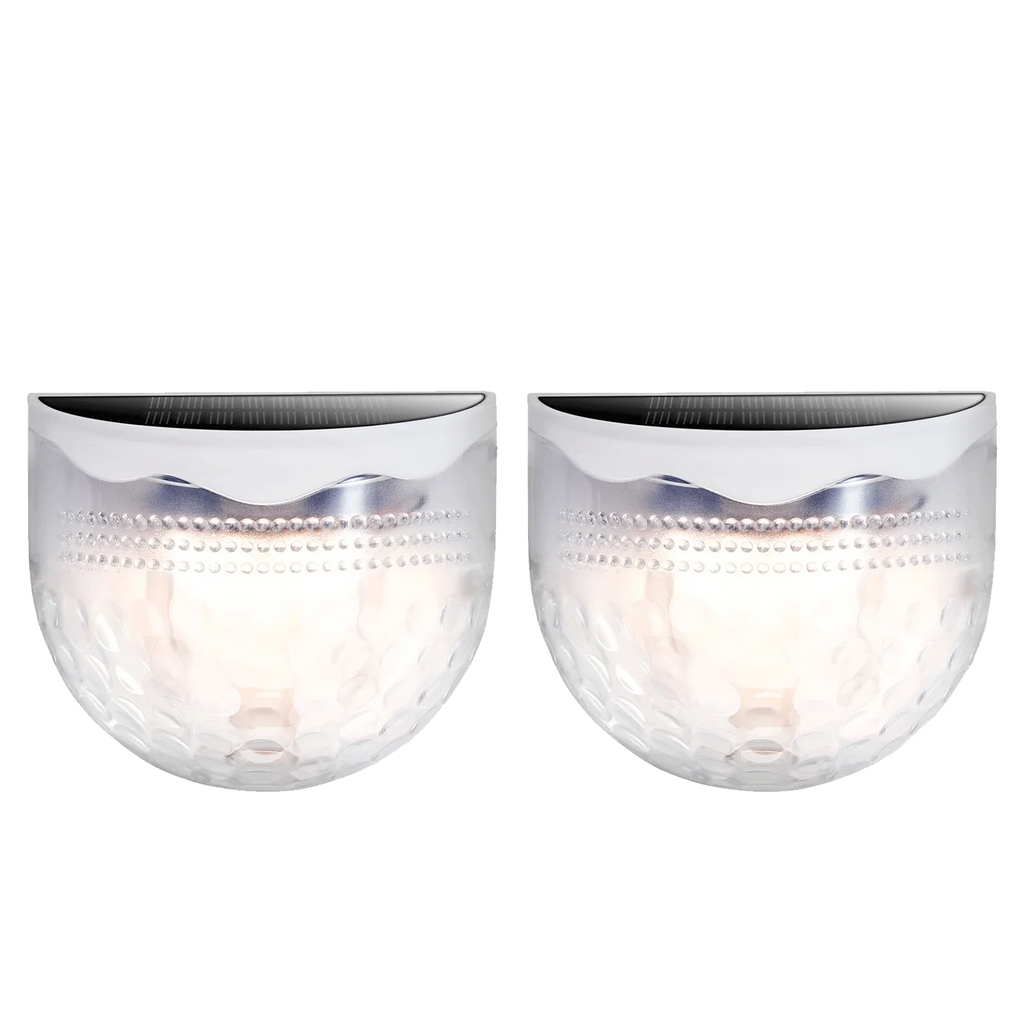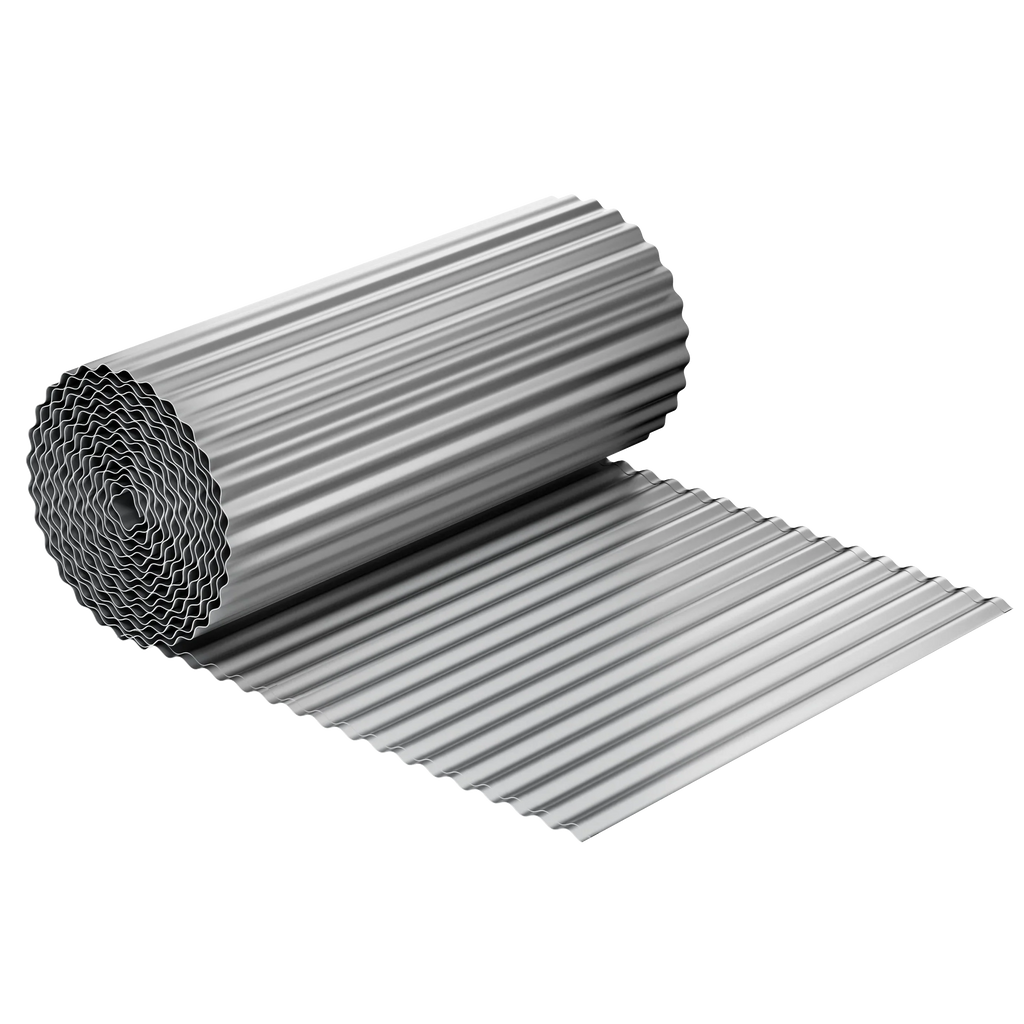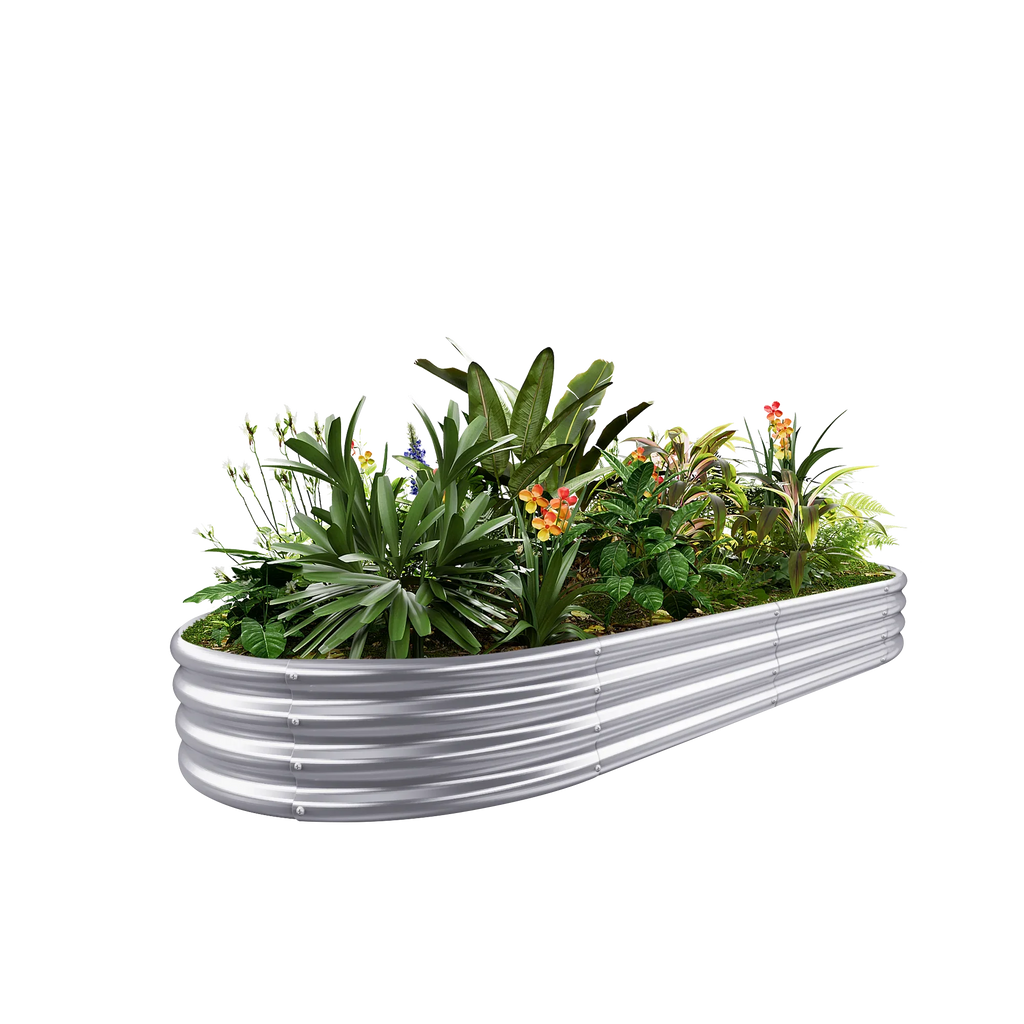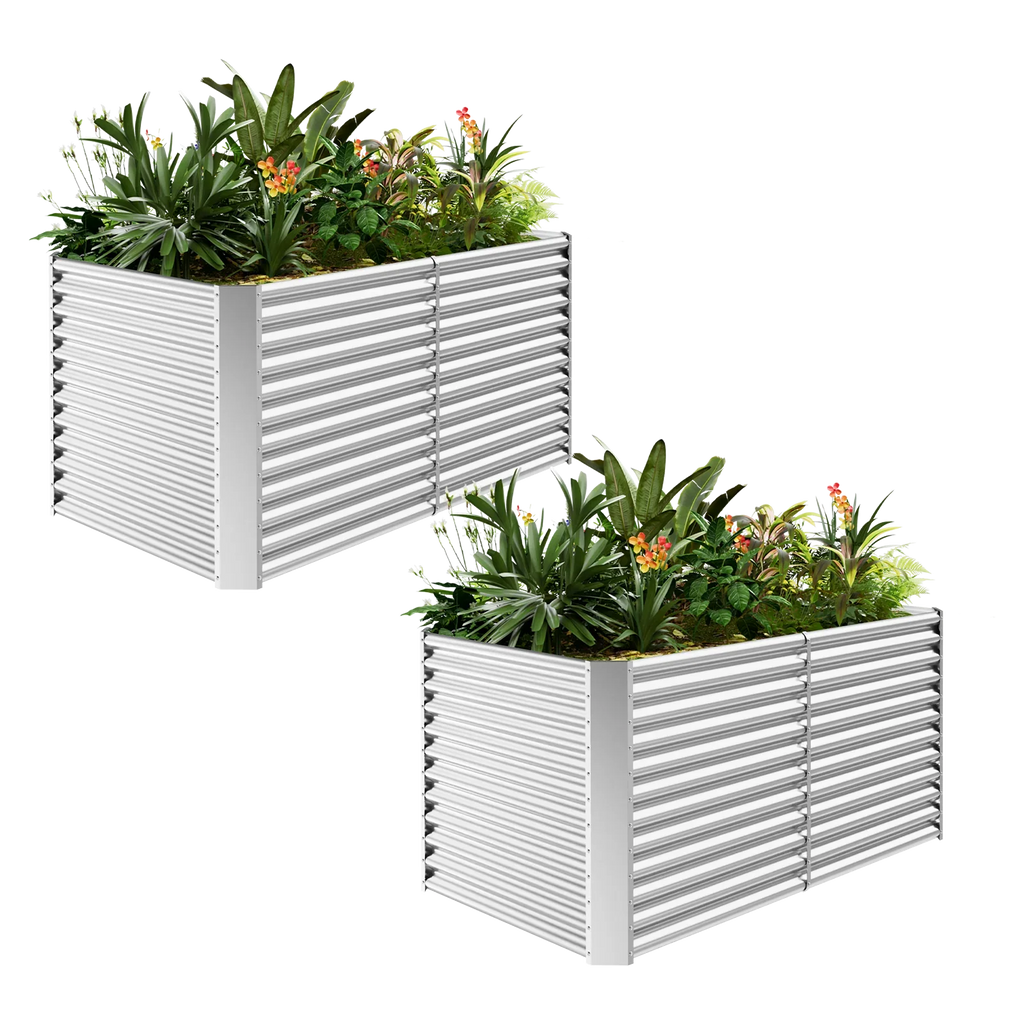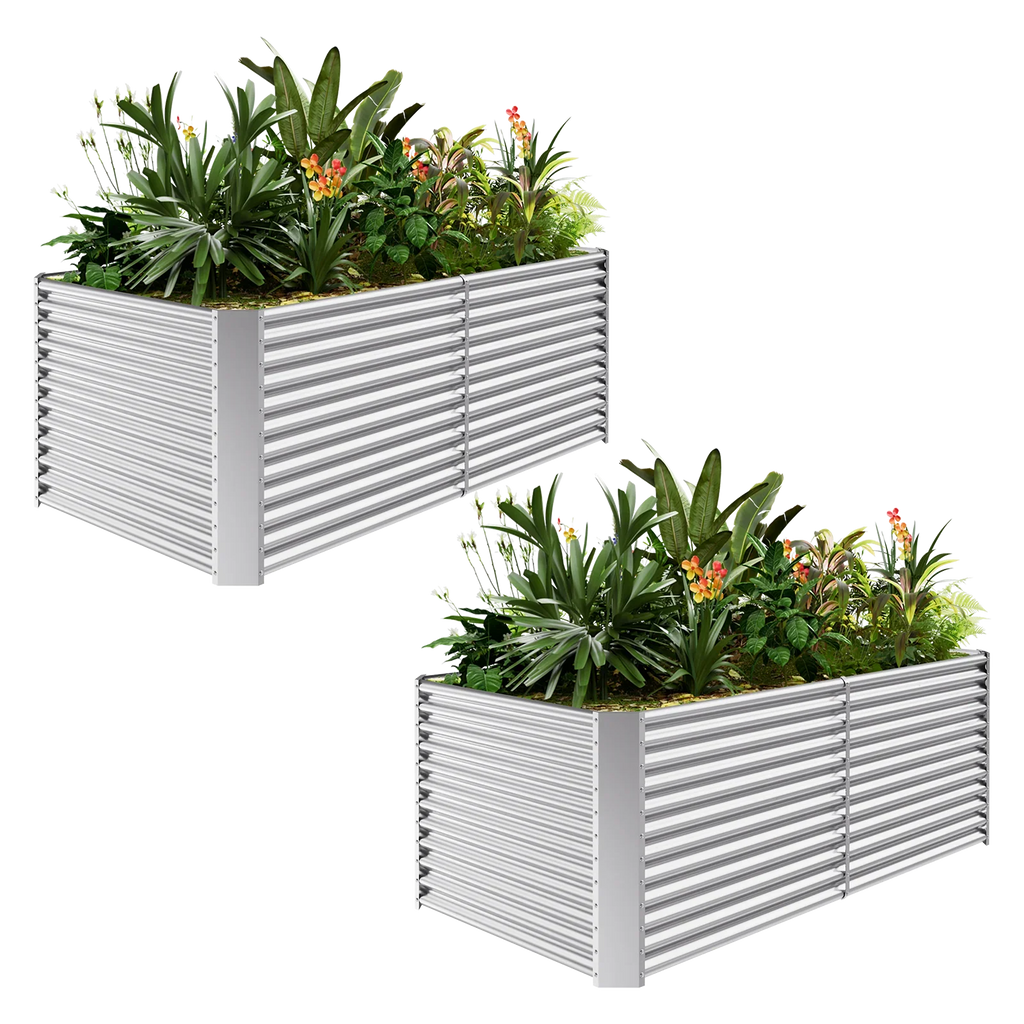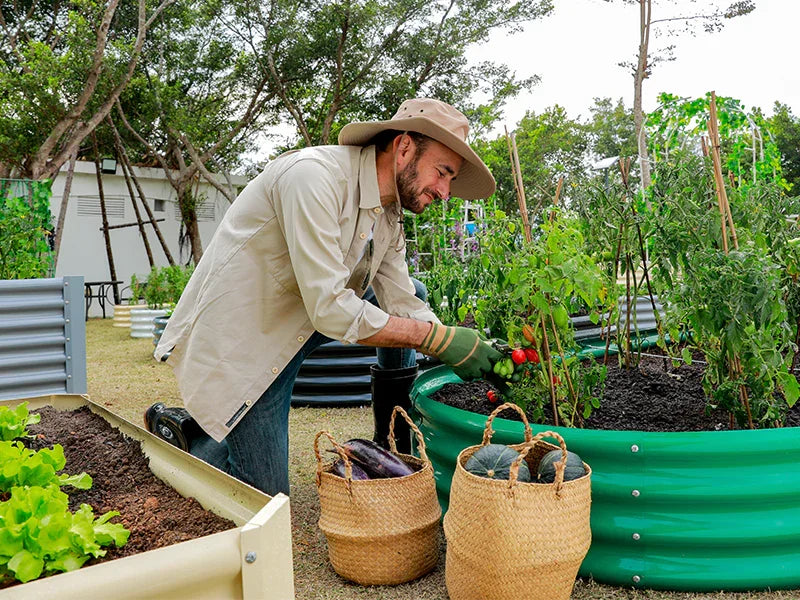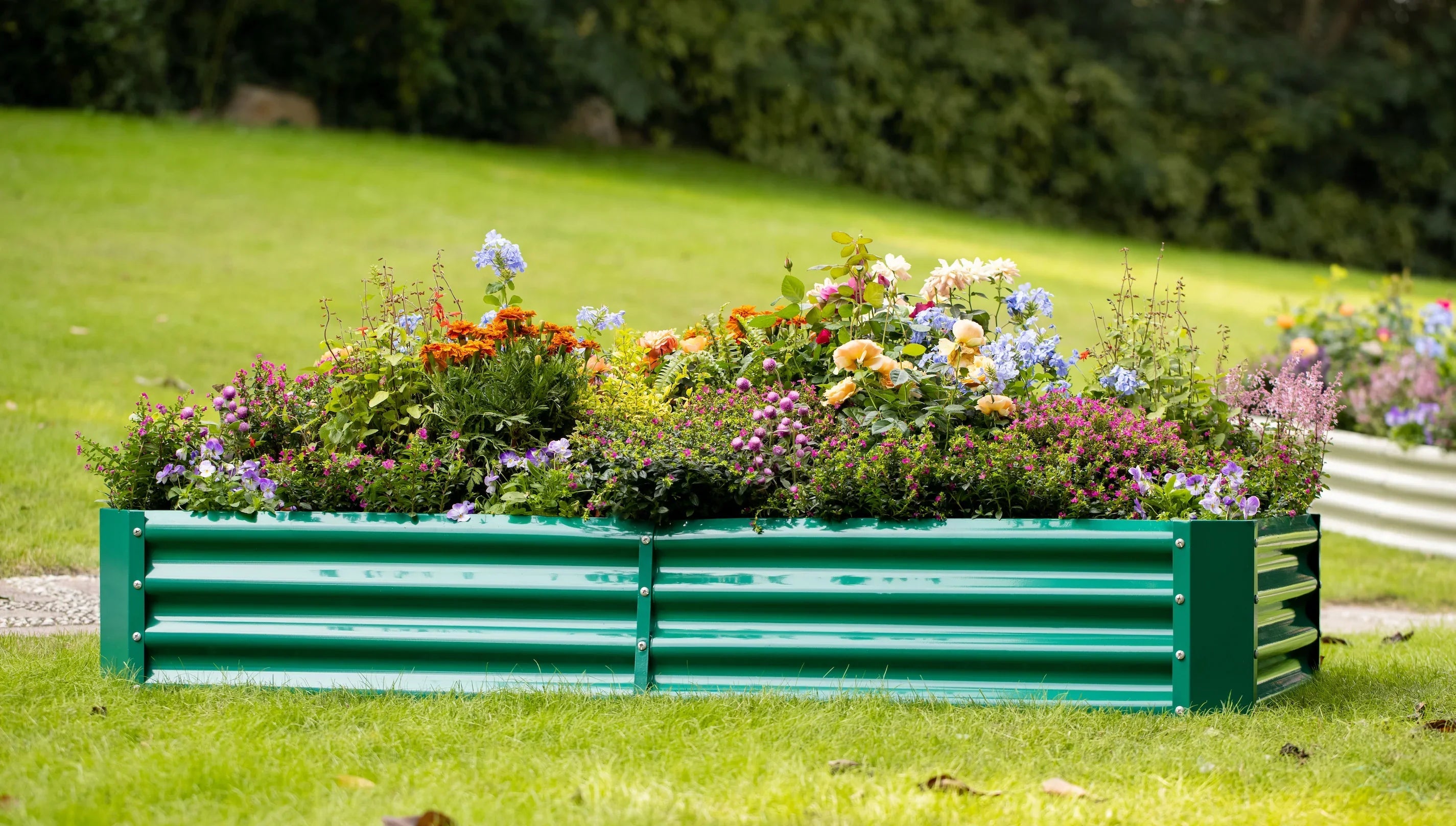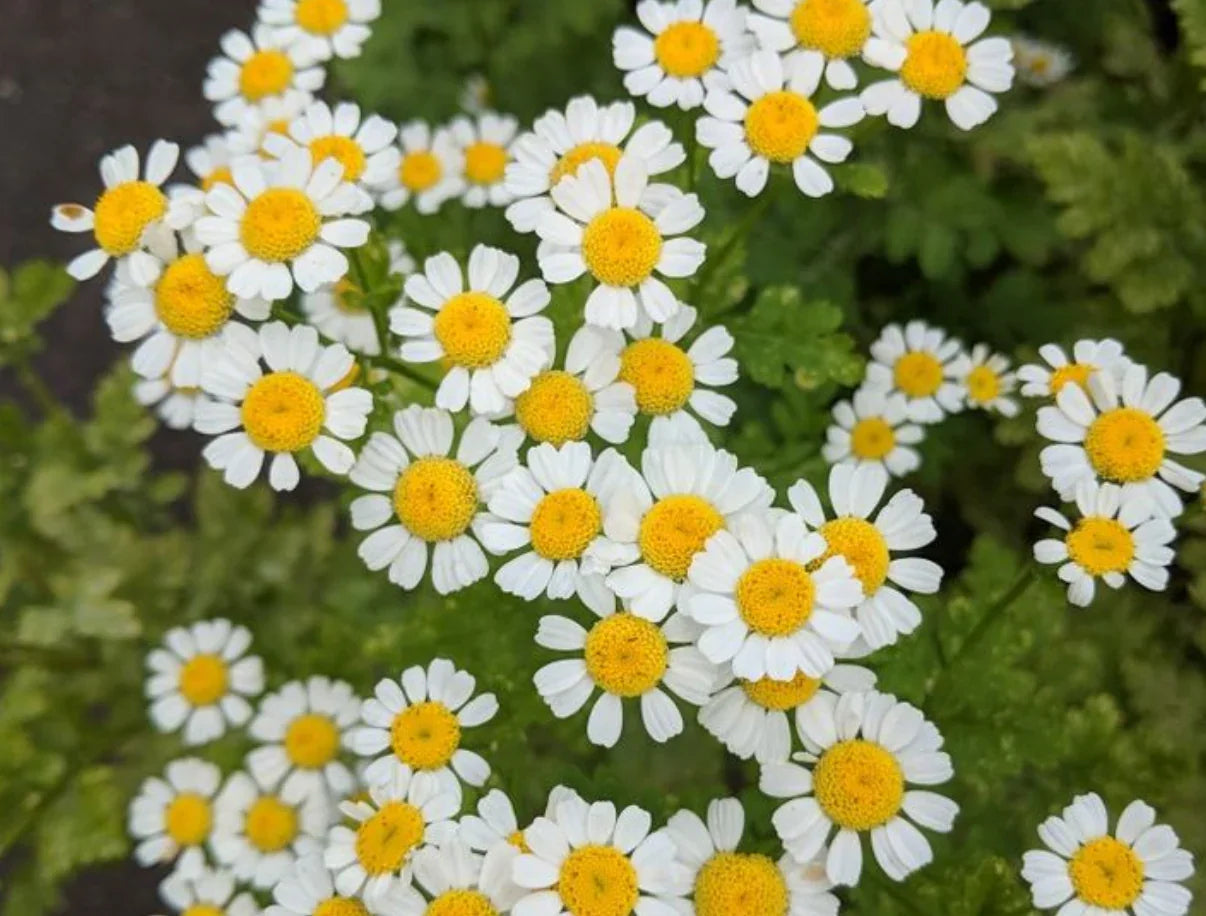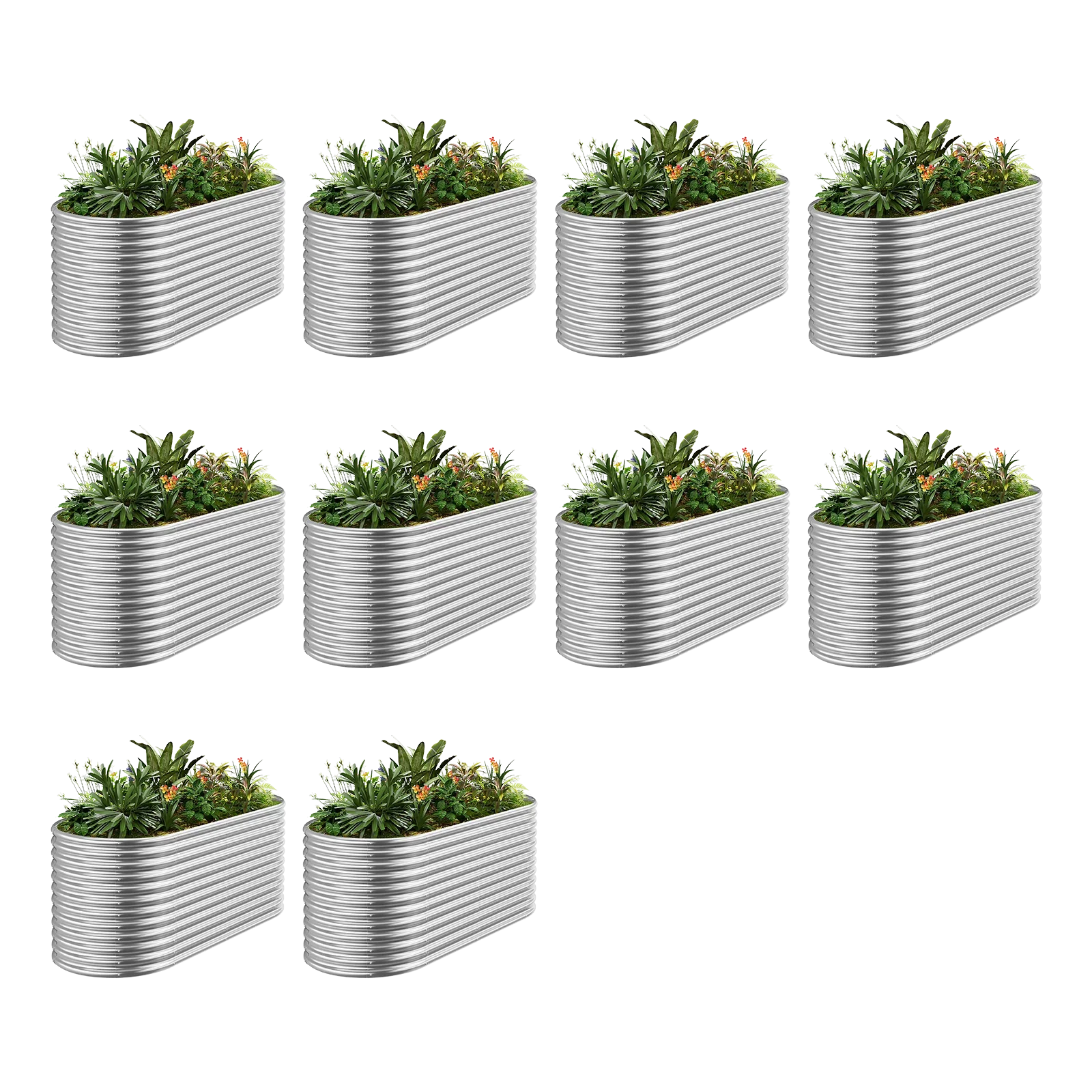Raised beds and vertical gardening are two innovative techniques that can elevate your gardening game. A raised bed is a contained area of soil lifted above ground level, often framed with wood or metal, making it easier to manage soil quality and access plants. Vertical gardening takes this a step further by growing plants upward using structures like trellises, arches, or walls, optimizing limited space and adding a striking visual element to your garden. Combining these methods offers a practical solution for small yards or urban spaces, blending efficiency with beauty while simplifying garden maintenance.
Choosing the Right Location
The success of your raised bed vertical garden starts with picking the perfect spot. Sunlight is a top priority—most edible plants and flowers thrive with 6-8 hours of direct sun each day. Take a day to watch how sunlight moves across your yard and choose a location that gets consistent exposure. Accessibility matters too; you’ll want a spot where you can comfortably reach in to plant, water, and harvest without straining. Also, think about the space around the bed. Vertical elements like trellises or arches need room to stand tall and stable, so avoid cramped corners or areas where they might block light to other plants.
Selecting Materials
Your choice of materials for the raised bed frame sets the tone for both durability and style. Wood is a classic option—cedar and redwood stand out for their natural resistance to rot and insects, though they come with a higher price tag. If budget is a concern, pressure-treated lumber is a cheaper alternative, but be cautious about potential chemical leaching into the soil. Metal frames, like those made from galvanized steel, bring a sleek, modern vibe and last for years, though they can heat up in sunny climates. Recycled plastic offers an eco-friendly middle ground, balancing durability with affordability. Weigh your priorities—cost, longevity, and aesthetics—to find the best fit.
Designing the Raised Bed
Designing a raised bed for vertical gardening requires some thoughtful planning around size and shape. Keep the width to about 4 feet so you can reach the center from either side without stepping in, which helps preserve soil structure. The length is more flexible—8 to 10 feet works well for most spaces, but you can adjust based on your yard. While rectangular beds are standard, don’t shy away from experimenting with squares, circles, or even L-shapes to match your garden’s flow. For vertical gardening, height is key. A bed 18-24 inches tall provides extra depth for roots and makes it easier to attach vertical supports securely.
Incorporating Vertical Elements
Vertical structures are what make this garden design truly special. Trellises are a go-to choice, offering a sturdy framework for climbing plants like beans, peas, or cucumbers—just anchor them firmly to the bed’s sides or back to handle the weight of mature vines. Arches add a dramatic flair, stretching over the bed to create a living canopy of foliage or fruit. If your bed sits against a wall or fence, wall-mounted planters or hanging baskets can turn that vertical space into a growing zone. Whatever you choose, ensure the structure is stable and strong enough to withstand wind and the pull of heavy plants.
Soil and Plant Selection
Great soil is the backbone of any thriving garden, and raised beds give you full control. Aim for a well-draining mix—think a blend of topsoil, compost, and organic matter like peat or vermiculite—to keep roots healthy and nourished. For vertical gardening, pick plants that love to climb or can be guided upward. Tomatoes, cucumbers, and pole beans are fantastic for edibles, while vining flowers like morning glories or clematis bring color and charm. Position taller or climbing plants toward the back or center, depending on your setup, so they don’t cast shade over smaller companions.
Maintenance and Care
A vertical raised bed garden thrives with a little consistent attention. Watering is critical—raised beds tend to dry out faster than ground soil, especially with vertical growth pulling moisture upward. A drip irrigation system or soaker hose can save time and ensure even hydration. Fertilizing depends on what you’re growing; a balanced, slow-release option keeps most plants happy. Pruning keeps things tidy and productive—trim back overgrown vines or dead leaves to boost airflow and fruit yield. Stay vigilant for pests or diseases, tackling them early to keep your garden flourishing.
Summary
Designing a raised bed for vertical gardening is a smart way to maximize space and bring a fresh look to your outdoor area. From choosing a sunny, accessible location to selecting durable materials and crafting a practical design, every step builds toward a garden that’s both functional and eye-catching. Add vertical elements, fill it with the right soil and plants, and maintain it with care, and you’ll have a setup that rewards you with fresh produce or blooms. Whether you’re working with a tiny balcony or a sprawling backyard, this approach makes gardening approachable and inspiring for everyone.





